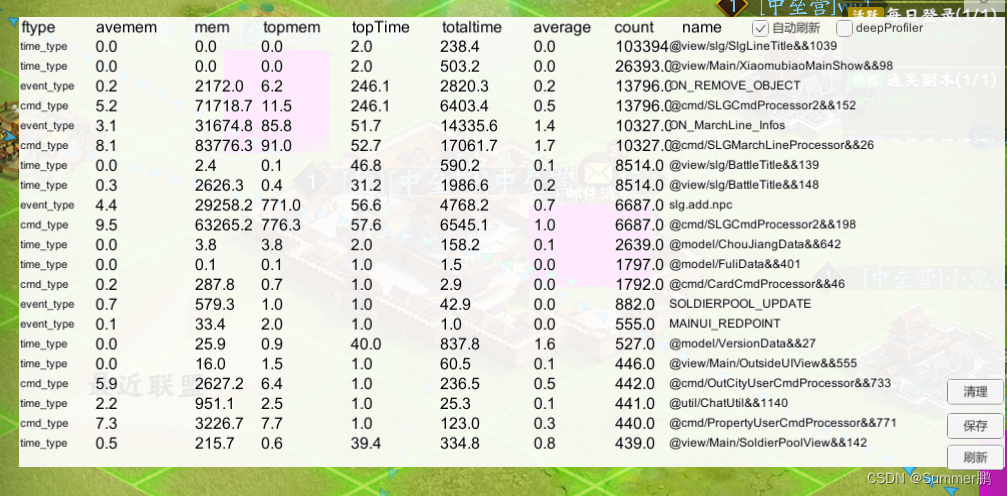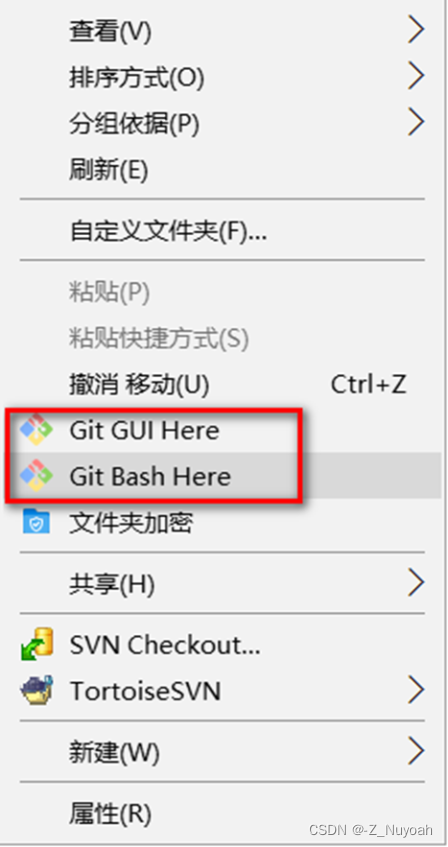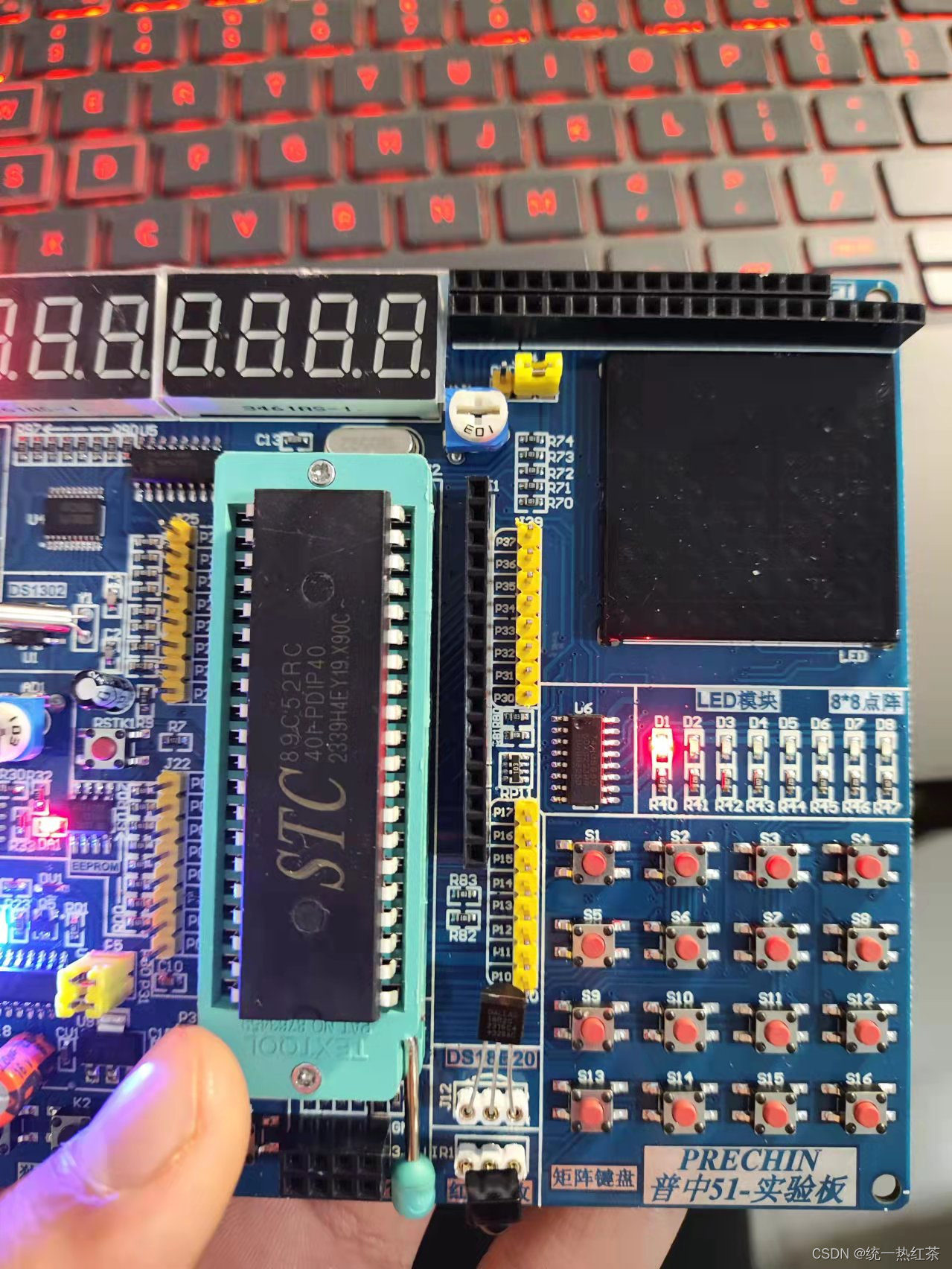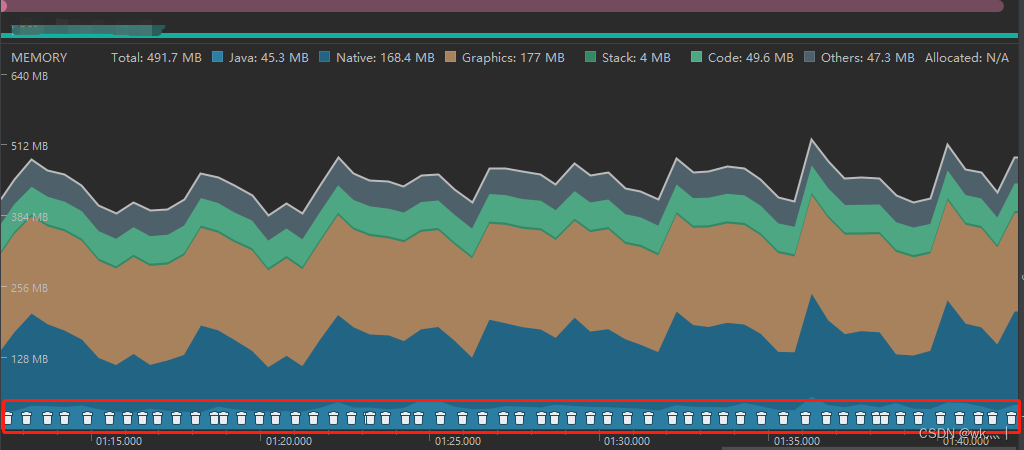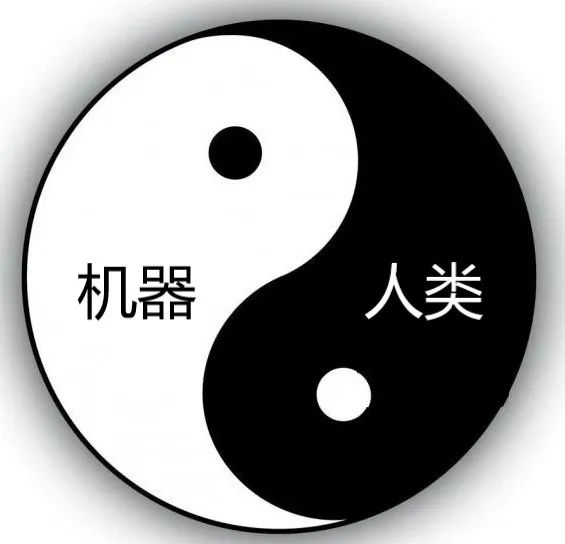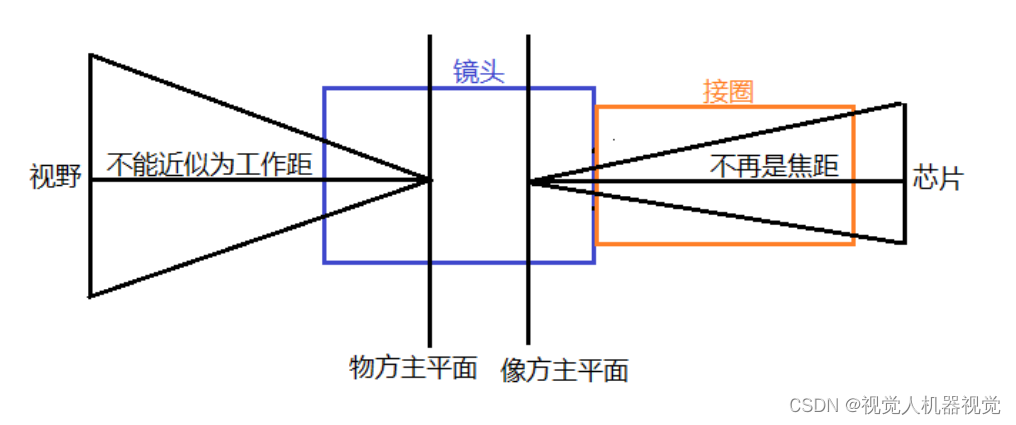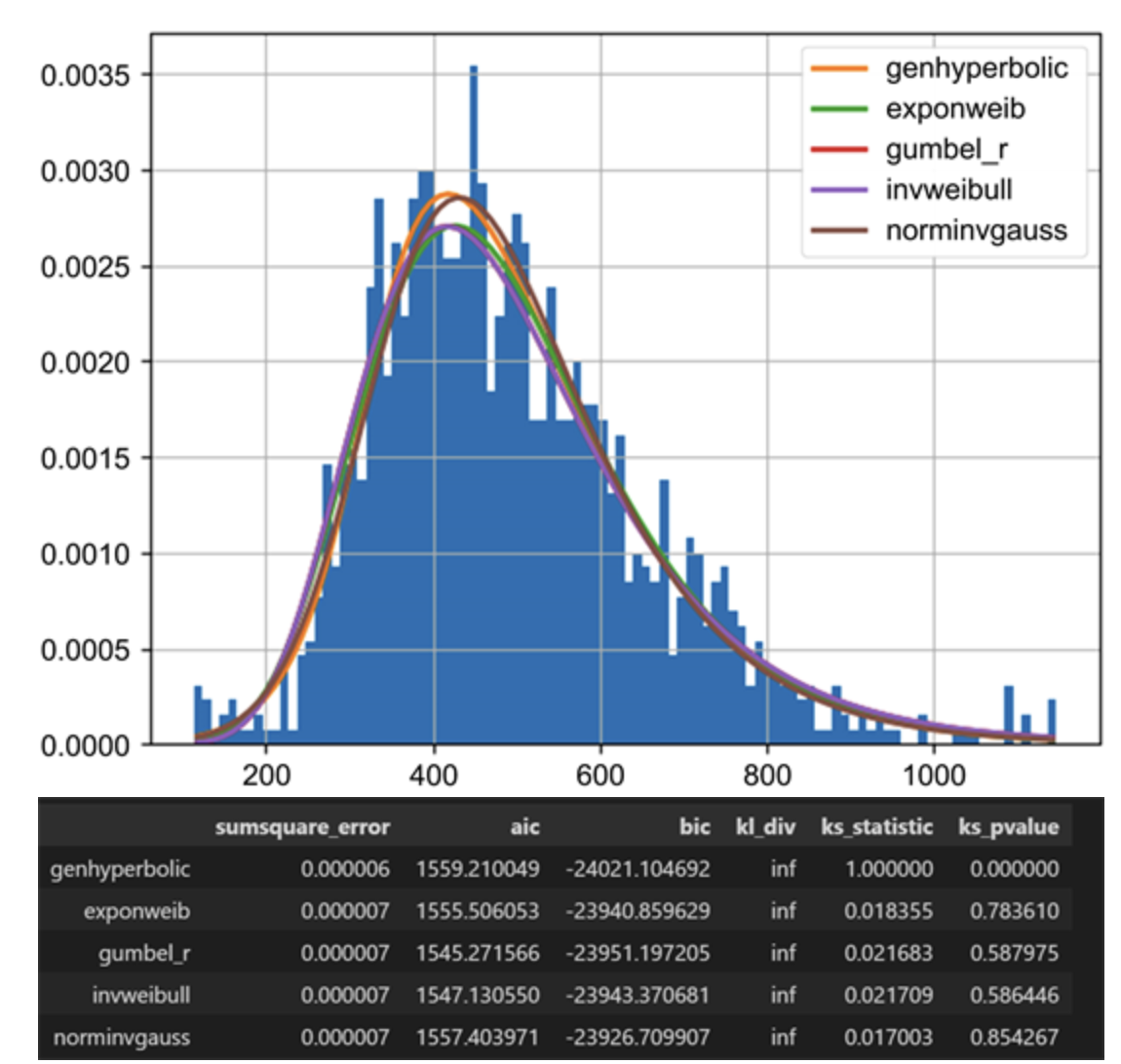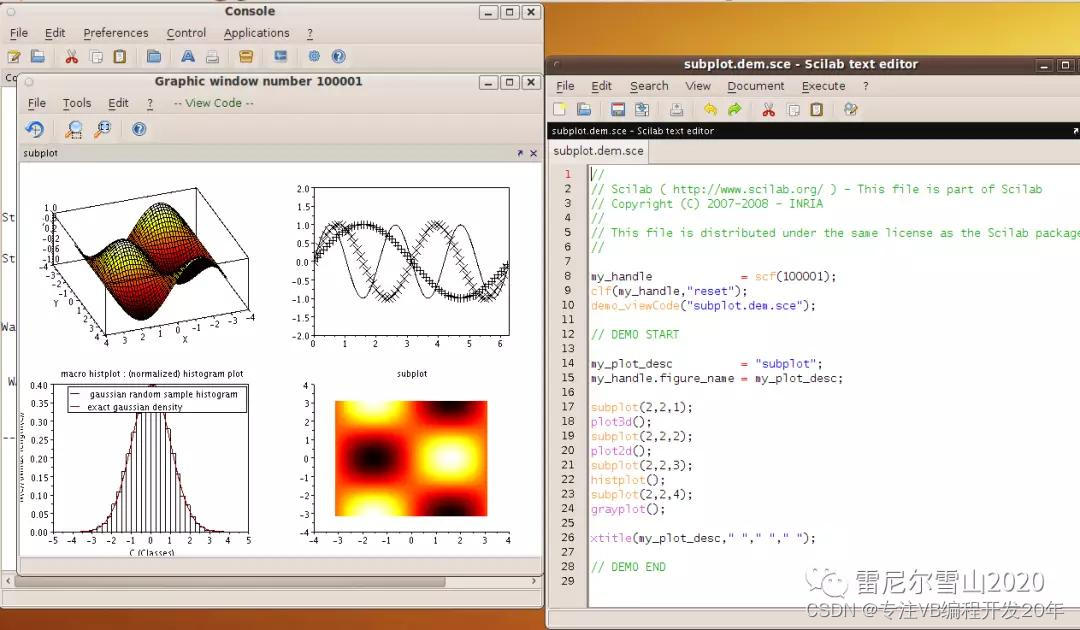B 样条曲线的定义
p ( t ) = ∑ i = 0 n P i F i , k ( t ) p(t) = \sum_{i=0}{n} P_i F_{i, k}(t) p(t)=i=0∑nPiFi,k(t)
方程中 n + 1 n+1 n+1 个控制点, P i P_i Pi, i = 0 , 1 , ⋯ n i=0, 1, \cdots n i=0,1,⋯n 要用到 n + 1 n+1 n+1 个 k k k 次 B 样条基函数 F i , k F_{i, k} Fi,k, i = 0 , 1 , ⋯ , n i=0, 1, \cdots, n i=0,1,⋯,n, 节点矢量为 T = [ t 0 , t 1 , ⋯ , t n + k + 1 ] T = [t_0, t_1, \cdots, t_{n+k+1}] T=[t0,t1,⋯,tn+k+1]。 F i , k ( t ) F_{i, k}(t) Fi,k(t) 是由一个称为节点矢量的非递减的参数 t t t 的序列, t 0 ≤ t 1 ≤ ⋯ ≤ t n + k + 1 t_0 \leq t_1 \leq \cdots \leq t_{n+k+1} t0≤t1≤⋯≤tn+k+1所决定的 k k k 次分段多项式。
B 样条曲线划分为四种类型,均匀 B 样条曲线,准均匀B 样条曲线,分段 Bezier 曲线和非均匀 B 样条曲线。
定义域
给定
n
+
1
n+1
n+1 个控制点,
P
i
P_i
Pi,
i
=
0
,
1
,
⋯
n
i=0, 1, \cdots n
i=0,1,⋯n, 相应地要求
n
+
1
n+1
n+1 个 B 样条基函数
F
i
,
k
(
t
)
F_{i, k}(t)
Fi,k(t) 定义一个
k
k
k 次 B 样条曲线,这
n
+
1
n+1
n+1 个
k
k
k 次 B 样条由节点矢量
T
=
[
t
0
,
t
1
,
⋯
t
n
+
k
+
1
]
T = [t_0, t_1, \cdots t_{n+k+1}]
T=[t0,t1,⋯tn+k+1] 所决定。
并非这个些节点矢量所包含的
n
+
k
+
1
n+k +1
n+k+1 个区间都在该曲线的定义域,其中两端的各
k
k
k 个几点区间,不能作为 B 样条曲线的定义区间。
这是因为
n
+
1
n+1
n+1 个控制点中最前的
n
+
1
n+1
n+1 个顶点
P
i
P_i
Pi,
i
=
0
,
1
,
⋯
k
i=0,1, \cdots k
i=0,1,⋯k 定义了 B 样条曲线的首段,其定义区间为
t
∈
[
t
k
,
t
k
+
1
]
t\in [t_k, t_{k+1}]
t∈[tk,tk+1] 往后移动一个顶点
P
i
P_i
Pi,
i
=
1
,
2
,
⋯
k
+
1
i=1, 2, \cdots k+1
i=1,2,⋯k+1 定义第二段,其定义区间为
t
∈
[
t
k
+
,
t
k
+
2
]
t \in [t_{k+}, t_{k+2}]
t∈[tk+,tk+2] 依次类推,最后
k
+
1
k+1
k+1 个顶点,
P
i
P_i
Pi,
i
=
n
−
k
,
b
−
k
−
1
,
⋯
n
i=n-k, b-k-1, \cdots n
i=n−k,b−k−1,⋯n 定义最后一段,其定义区间为
t
∈
[
t
n
,
t
n
+
1
]
t\in[t_n, t_{n+1}]
t∈[tn,tn+1], 因此,高于零次的
k
k
k 次B 样条曲线的定义域为
t ∈ [ t k , t n + 1 ] t \in [t_k, t_{n+1}] t∈[tk,tn+1]
三次均匀 B 样条曲线
{ F 0 , 3 ( t ) = 1 6 ( 1 − t ) 3 = ( − t 3 + 3 t 2 − 3 t + 1 ) F 1 , 3 ( t ) = 1 6 ( 3 t 3 − 6 t 2 + 4 ) F 2 , 3 ( t ) = 1 6 ( − 3 t 3 + 3 t 2 + 3 t + 1 ) F 3 , 3 ( t ) = 1 6 t 3 \begin{cases} F_{0,3}(t) = \frac{1}{6} (1-t)^3 = (-t^3 + 3t^2 -3t+1)\\ F_{1,3}(t) = \frac{1}{6} (3t^3 - 6t^2 +4)\\ F_{2,3}(t) = \frac{1}{6} (-3t^3 + 3t^2 + 3t +1) \\ F_{3,3}(t) = \frac{1}{6} t^3\\ \end{cases} ⎩ ⎨ ⎧F0,3(t)=61(1−t)3=(−t3+3t2−3t+1)F1,3(t)=61(3t3−6t2+4)F2,3(t)=61(−3t3+3t2+3t+1)F3,3(t)=61t3


三次 B 样条的几何性质
{ p ( 0 ) = 1 6 ( p 0 + 4 p 1 + p 2 ) = 1 3 ( p 0 + p 2 2 ) + 2 3 p 1 = 1 3 p m + 2 3 p 1 p ( 1 ) = 1 6 ( p 1 + 4 p 2 + p 3 ) = 1 3 ( p 1 + p 3 2 ) + 2 3 p 2 = 1 3 p n + 2 3 p 2 \begin{cases} p(0) = \frac{1}{6}(p_0 + 4 p_1 + p_2) = \frac{1}{3} (\frac{p_0 + p_2}{2}) + \frac{2}{3}p_1 = \frac{1}{3}p_m + \frac{2}{3}p_1\\ p(1) = \frac{1}{6}(p_1 + 4 p_2 + p_3) = \frac{1}{3} (\frac{p_1 + p_3}{2}) + \frac{2}{3}p_2 = \frac{1}{3}p_n + \frac{2}{3}p_2\\ \end{cases} {p(0)=61(p0+4p1+p2)=31(2p0+p2)+32p1=31pm+32p1p(1)=61(p1+4p2+p3)=31(2p1+p3)+32p2=31pn+32p2
{ p ′ ( 0 ) = 1 2 ( p 2 − p 0 ) p ′ ( 1 ) = 1 2 ( p 3 + p 1 ) \begin{cases} p'(0) = \frac{1}{2}(p_2 - p_0) \\ p'(1) = \frac{1}{2}(p_3 + p_1) \\ \end{cases} {p′(0)=21(p2−p0)p′(1)=21(p3+p1)
{ p ′ ′ ( 0 ) = p 0 − 2 p 1 + p 2 = 2 ( p 0 + p 2 2 − p ) = 2 ( p m − p 1 ) p ′ ′ ( 1 ) = p 1 − 2 p 2 + p 3 = 2 ( p 1 + p 3 2 − p 2 ) = 2 ( p n − p 2 ) \begin{cases} p''(0) = p_0 - 2p_1 + p_2 = 2(\frac{p_0 + p_2}{2} -p)= 2(p_m - p_1) \\ p''(1) = p_1 - 2p_2 + p_3 = 2(\frac{p_1 + p_3}{2} -p_2)= 2(p_n - p_2) \\ \end{cases} {p′′(0)=p0−2p1+p2=2(2p0+p2−p)=2(pm−p1)p′′(1)=p1−2p2+p3=2(2p1+p3−p2)=2(pn−p2)

#include <QWidget>
#include <QApplication>
#include <QPainter>
#include <QPointF>
#include <QPainterPath>
const double knot[13] = {-3/6.0, -2/6.0, -1/6.0, 0.0, 1 / 6.0, 2 / 6.0, 3 / 6.0, 4 / 6.0, 5 / 6.0, 1.0, 7/ 6.0, 8/ 6.0, 9/6.0};
double BasisFunctionValue(double t, int i, int k)
{
double val1, val2, val;
if (k == 0)
{
if ((t >= knot[i]) && t < knot[i + 1])
{
return 1.0;
}
else
{ // 其它
return 0.0;
}
}
if (k > 0)
{
if (t < knot[i] || t > knot[i + k + 1]) {
return 0.0; // 其它
}
else
{
double coffcient1, coffcient2; // 凸组合系数1 凸组合系数 2
double denominator = 0.0; // 分母
denominator = knot[i + k] - knot[i];
if (denominator == 0.0)
{
// 约定 0/0 = 0
coffcient1 = 0.0;
}
else
{
coffcient1 = (t - knot[i]) / denominator; // 计算的第一项
}
denominator = knot[i + k + 1] - knot[i + 1]; // 递推公式第二项分母
if (denominator == 0.0)
{
// 约定 0/0 = 0
coffcient2 = 0.0;
}
else
{
coffcient2 = (knot[i + k + 1] - t) / denominator; // 递推公式第二项
}
val1 = coffcient1 * BasisFunctionValue(t, i, k - 1); // 递推公式第一项的只
val2 = coffcient2 * BasisFunctionValue(t, i+1, k - 1); // 递推公式第二项的只
val = val1 + val2; // 基函数的值
}
}
return val;
}
void drawBSplineCure(QPainter* painter, const std::vector<QPointF>& P)
{
// Set line color
QColor lineColor(0, 0, 255);
// Set point color
QColor pointColor(255, 0, 0);
QPainterPath bezierPath;
QPen pen(lineColor);
pen.setWidth(2); // Set the line width as needed
painter->setPen(pen);
QPointF center(900, 600); // Center coordinates
int k = 3; // Degree of the B-spline curve
for (int i = k; i <= P.size() - k; ++i)
{
double tStep = 0.01;
for (double t = 0.0; t <= 1.0; t += tStep)
{
QPointF p(0, 0); // Discrete point
for (int j = 0; j < P.size(); ++j)
{
double BValue = BasisFunctionValue(t, j, k);
p += P[j] * BValue;
}
if (t == 0.0)
{
bezierPath.moveTo(p + center);
}
else
{
bezierPath.lineTo(p + center);
}
painter->setPen(pointColor);
painter->setBrush(Qt::NoBrush);
painter->drawEllipse(p + center, 5, 5);
}
}
painter->drawPath(bezierPath);
}
void drawControlPolygon(QPainter* painter, std::vector<QPointF> P)
{
QColor lineColor(0, 0, 0);
QColor pointColor(0, 0, 255); // Blue color for points
QPen polyLinePen(lineColor);
painter->setPen(polyLinePen);
QBrush pointBrush(pointColor);
painter->setBrush(pointBrush);
QPointF center(900, 600);
QVector<QPointF> shiftedPoints;
std::transform(P.begin(), P.end(), std::back_inserter(shiftedPoints),
[center](const QPointF& point) { return point + center; });
painter->drawPolyline(shiftedPoints.data(), shiftedPoints.size());
for (const QPointF& point : shiftedPoints)
{
painter->drawEllipse(point, 5, 5);
}
}
std::vector<QPointF> getControlPoints(){
std::vector<QPointF> controlPoints = {
QPointF(-600, -50),
QPointF(-500, 200), // 控制点
QPointF(-160, 250),
QPointF(-250, -300),
QPointF(160, -200), // 控制点
QPointF(200, 200),
QPointF(600, 180),
QPointF(700, -60), // 控制点
QPointF(500, -200)
};
return controlPoints;
}
class MyWidget : public QWidget {
public:
MyWidget(QWidget* parent = nullptr) : QWidget(parent) {
setFixedSize(1800, 1200);
}
protected:
void paintEvent(QPaintEvent* event) override {
Q_UNUSED(event);
QPainter painter(this);
painter.setRenderHint(QPainter::Antialiasing, true);
std::vector<QPointF> controlPoints = getControlPoints();
drawBSplineCure(&painter, controlPoints);
drawControlPolygon(&painter, controlPoints);
}
public:
int n = 8;
int k = 3;
};
int main(int argc, char* argv[]) {
QApplication app(argc, argv);
MyWidget widget;
widget.show();
return app.exec();
}

